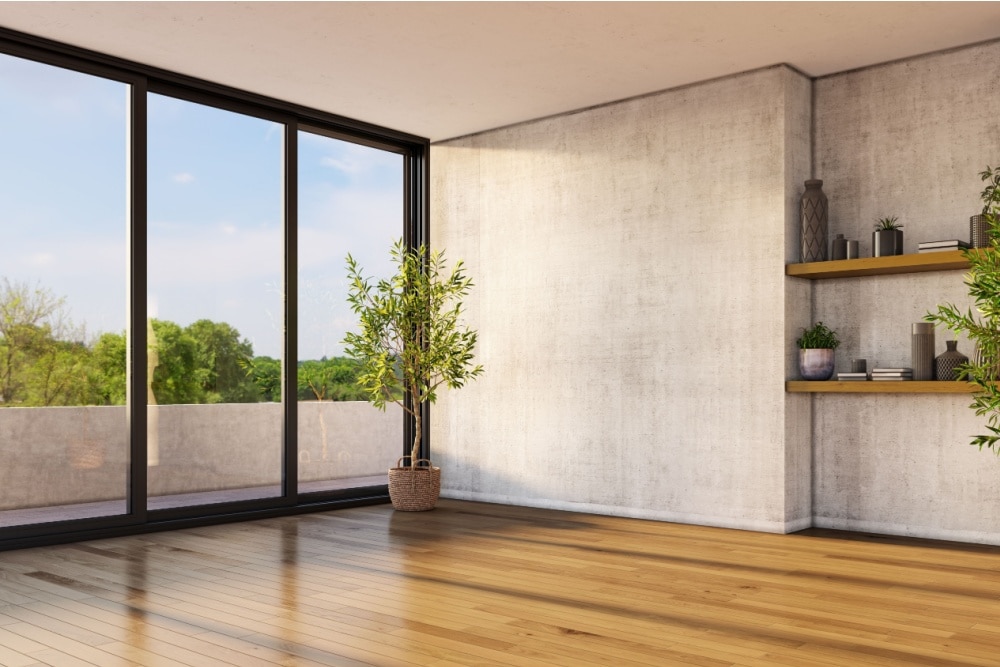Choosing the right window film can seem overwhelming with so many options available, but it starts by identifying the specific issues you’re trying to solve. Whether it’s reducing heat, protecting your interior from fading, enhancing privacy, or minimizing glare, window films are designed to address a wide variety of needs. To help you make the right decision, here are key factors to consider before selecting a film for your windows.
Purpose
Start by determining your primary goal for the window film. Are you:
- Looking to reduce heat or glare?
- Trying to protect your furniture and floors from fading?
- Seeking privacy for your space?
- Interested in improving energy efficiency?
Identifying your main objective will guide you toward the best type of film for your needs.
Type of Film
Different window films serve different purposes. Some common types include:
- Sun Control Control Films: Reduce heat, glare, and UV rays.
- Privacy Films: Enhance privacy by blocking visibility from the outside.
- Decorative Films: Add aesthetic value with unique designs or frosted patterns.
- Security Films: Reinforce glass to make it more resistant to breakage.
Consider the specific features you want and choose the film that aligns with your goals.
Visible Light Transmission (VLT)
VLT refers to the amount of visible light that passes through the film. A higher VLT allows more light into the space, while a lower VLT offers more shade. Consider:
- How much light you want: A balance between light and privacy.
- Desired ambiance: Do you prefer a bright, airy feel, or a more shaded and cozy environment?
Choose a VLT that suits the overall feel you want for your space.
UV Protection
UV rays are one of the main causes of fading and deterioration in furniture, flooring, and fabrics.
- Look for films that block up to 99% of UV rays to protect both your skin and your interiors from the harmful effects of the sun.
- This helps preserve the life and vibrancy of your belongings.
Heat Reduction
If heat control is your main concern, opt for films designed to reject infrared radiation (IR).
- Spectrally selective films are a great option, as they allow visible light while blocking heat, ensuring a comfortable indoor temperature without sacrificing natural light.
Glare Reduction
Glare can be frustrating, especially in spaces with a lot of sunlight exposure.
- For areas where glare is an issue, choose films specifically designed to reduce brightness and soften direct sunlight.
This makes it more comfortable to work, read, or relax without squinting.
Privacy
Different privacy films vary in opacity, so you’ll need to decide how much privacy you require.
- Full privacy: Opt for darker or more opaque films to ensure complete privacy, especially in ground-level rooms.
- Partial privacy: If you only need privacy during the day, consider lighter films that still let in natural light.
Aesthetics
The appearance of the film can enhance or alter the look of your space.
- Films come in a variety of colors and finishes, including clear, tinted, or frosted.
- Consider how the film will look both from the inside and outside of your space. Will it blend well with your existing décor and architecture?
Durability
Choose a high-quality film that will stand the test of time.
- Durable films resist discoloration, bubbling, and peeling.
- A longer-lasting film will save you money in the long run and avoid the hassle of frequent replacements.
Warranty
Check the manufacturer’s warranty before purchasing, as it indicates the durability and reliability of the product.
- Look for films that come with warranties of 5 to 15 years for long-term protection and peace of mind.
Installation
Proper installation is crucial for the film to perform as expected.
- You can either hire professionals or, if you’re comfortable, opt for DIY installation.
- Professional installation ensures optimal performance, especially for more complex films.
Local Climate
Consider your region’s climate when selecting your window film.
- Hotter climates: Look for films with higher heat rejection and UV protection.
- Colder climates: Opt for films that provide extra insulation to retain heat during winter.
Building Orientation
Think about the direction your windows face and how much sunlight they receive throughout the day.
- South-facing windows: Often receive the most heat, so films with high heat rejection are recommended.
- North-facing windows: May benefit from films designed for insulation or glare reduction.
Cost
Window films come at varying price points, so consider your budget.
- Higher-quality films may have a higher upfront cost but provide better performance and longevity, leading to savings in the long term.
- Compare both the film price and installation costs to find the best fit for your budget.
Energy Efficiency
Some window films are specifically designed to improve energy efficiency by reducing the transfer of heat.
- These films help regulate indoor temperatures, making your space more comfortable while lowering energy bills year-round.
Regulations
Check any local regulations or homeowners’ association rules regarding window films.
- Certain types of films, particularly reflective films, may not be allowed in certain areas, so it’s important to verify the guidelines before installing them.
Conclusion
Choosing the right window film depends on your unique needs and the issues you want to address. By carefully considering factors like purpose, UV protection, heat reduction, privacy, aesthetics, and cost, you can select a window film that enhances your space’s comfort and functionality.
Ready to get started? Contact us at Window Shield to learn more about the best window film solutions for your home or business.

